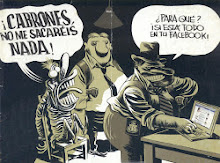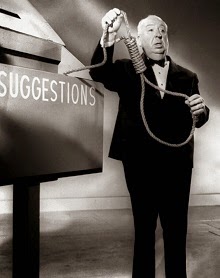Carrie Smith
We rarely encounter LGBTQ characters in the contemporary novels and stories we read. This is gratingly true in crime fiction, which usually dives into every niche of society.
I’m a Midwesterner-turned-New-Yorker. I’ve lived on the Upper West Side for almost 30 years. I’m married. My spouse and I own a Classic Six apartment (with the help of a jumbo mortgage). I pay an exorbitant monthly parking garage fee so I can “reverse commute” to my day job in Westchester. I have two wonderful children in college. I’ve been a faithful soccer mom for my son and theater mom for my daughter. I’m a member of an Episcopal congregation. In short, I’m as “mainstream” as you’re going to get in New York City. The only difference between me and most of the people I interact with daily is that I’m a lesbian. Oh, and I’m a crime writer, too.
Crime novels are social novels. They reveal the psychology and social dynamics that make any human being capable of homicide. When I began my first mystery novel seven years ago, it never occurred to me not to include LGBTQ characters. Despite the social and political battles we are still fighting, LGBTQ people have gained a firm footing in many people’s concept of the “mainstream.” The proof is all around us: a mother taking on Disneyland Paris for banning her son from “princess for a day”; gay couples shopping for their dream houses on the hit series House Hunters International; Will and Grace making their prime-time comeback.
So why wouldn’t mainstream readers embrace LGBTQ characters showing up in a fictional cast of crime suspects? I believe they would—if they had more chances. Mystery readers are savvy, literate, and socially sophisticated. And yet, there isn’t all that much gender diversity in mainstream crime fiction. When my second novel, Forgotten City, came out last year, reviewers singled out its representation of unique individuals. But as a writer of mysteries set in New York, it seemed only natural to include characters who reflect the city’s racial, ethnic, socio-economic, religious, gender, and sexual diversity. And New York (along with San Francisco, Miami, and New Orleans) is no longer an exception when it comes to LGBTQ diversity. In fact, NYC doesn’t even appear on The Advocate’s 2017 list of “Queerest Cities in America.” Topping that list (with a ranking based on per capita representation and other criteria), is Jersey City across the Hudson River. And cities across the nation also appear on the list—Toledo, Ohio; Greensboro, North Carolina; and Plano, Texas, to name a few.
The slow, incremental move toward a more LGBTQ inclusive crime fiction mainstream is the result of ground-breaking writers who pushed the envelope of gender diversity before the mainstream crime fiction world was ready. One of my favorite crime novels is the Edgar Award-winning A Grave Talent by Laurie R. King (who isn’t LGBTQ), in which recently promoted (lesbian) homicide detective Kate Martinelli teams up with the seasoned (and straight) Detective Al Hawkin to investigate a series of disturbing child murders. First appearing in 1993, Detective Martinelli appealed to gay and straight readers alike.
Then there’s lesbian crime author Ellen Hart’s protagonist, Jane Lawless, who made her debut in Hallowed Murder (1989) and has enjoyed a 24-book crime solving career. In 2017, Hart joined an exalted group of crime writers (including Alfred Hitchcock, Agatha Christie, and P.D. James,) to become the Mystery Writers of America’s first lesbian Grand Master. That is as big an embrace as you can get from the mainstream crime writing community.
Thanks to these and other writers, the concept of mainstream continues to expand. When Forgotten City was published, reviewers focused on a prominent suspect in the case, Brandon Johnson, a transitioning female-to-male caregiver who works in an Upper East Side home for New York’s “aging gentry” where a former Broadway star has died. I didn’t consciously set out to include this character in the book. Brandon ended up there because I’d met his “doppelgänger” in the mainstream world.
My mother spent her last three years in a dementia care unit (though not a high-end one like my dead Broadway star) in a suburb of Detroit, Michigan. Near the end of her life, I flew home to say goodbye to her. When I walked into her room, her caregiver introduced himself to me. I recognized immediately that he was gender nonconforming and probably transitioning. What impressed me more than that, however, was his humanity. He was very kind to my mother and proud of his relationship with her. He told me that she broke into a huge smile whenever she saw him—and only him. In his telling, I heard how much their connection meant to him.
When I began to assemble my fictional cast, Brandon demanded to be a prominent player. I won’t tell you if he was involved in the novel’s murders or not. But I assure you that as a writer, I believe in equal opportunity when it comes to assigning characters’ guilt. No matter their racial, ethnic, socio-economic, religious, or gender identity, they are all quite capable of murder, as readers will find out in the third Claire Codella novel, Unholy City. Guilty or not, however, they all deserve to be three-dimensional. Mainstream readers have been served up more than enough tired pulp fiction tropes.
Award-winning crime novelist S.J. Rozan has written about the importance of unraveling “the messy intricacies of people’s interior lives.” Despite our outward differences, all humans share the same repertoire of “messy intricacies.” Every one of us has the capacity to envy, lie, steal, cheat, hate—and love. That is why readers who avidly follow my Detective Claire Codella’s rocky relationship with Brian Haggerty can also root for Detective Eduardo Muñoz’s developing relationship with his boyfriend Michael. We’ve all navigated the ups and downs of relationships. We’ve all entertained thoughts and feelings we would rather not share.
So let’s raise a glass to the ever expanding fictional mainstream. And when an LGBTQ character suddenly walks onto a page of the mystery or thriller you’re reading, don’t assume he or she or they won’t touch you. The character you encounter could be just like a parent in your child’s class, a co-worker whose wedding you’ll attend someday, or the murderer who lives next door.


































0 comentaris:
Publica un comentari a l'entrada